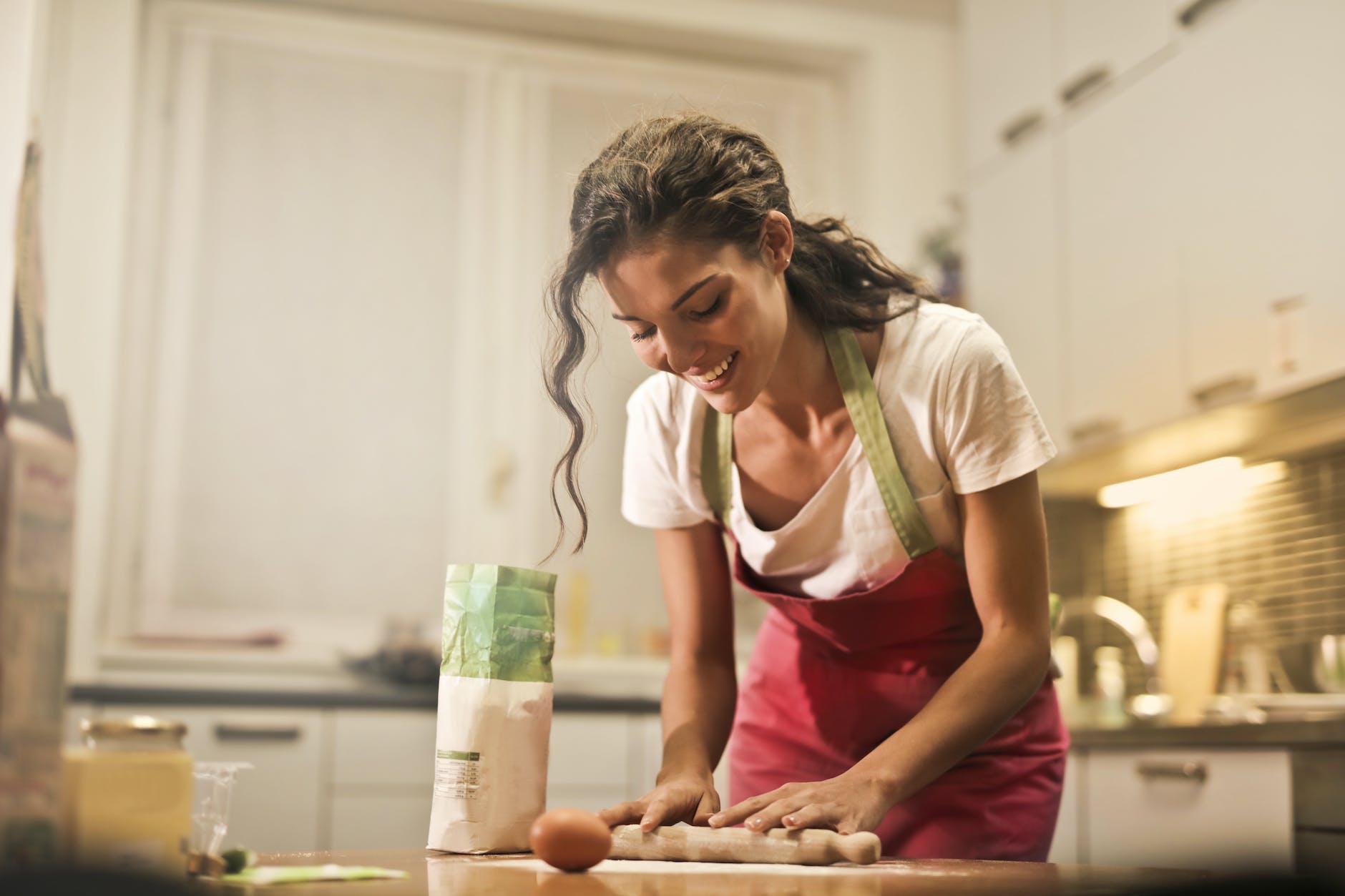Baking is often regarded as a delightful blend of art and science. From the humblest loaf of bread to the most decadent cake, understanding the science behind baking can unlock a world of culinary possibilities. By delving into the intricate interactions of ingredients and mastering key techniques, bakers can achieve consistent and impressive results in the kitchen. In this comprehensive guide, we will explore the fascinating science behind baking, unraveling the role of ingredients and techniques in creating delectable treats. So, let’s embark on a journey through the science of baking and discover how to elevate our baking skills to new heights.
I. The Role of Ingredients:
In baking, each ingredient plays a unique role, contributing to the texture, flavor, and structure of the final product. This section will dive into the science behind the key ingredients used in baking, including flour, leaveners, fats, sugars, and liquids. We will explore how the protein content in flour affects gluten formation and how different leaveners, such as baking powder and yeast, produce the desired rise. Furthermore, we will examine how fats contribute to tenderness and flavor, sugars provide sweetness and moisture, and liquids bind the ingredients together.
II. The Chemistry of Leavening Agents:
Leavening agents are the magical ingredients that give rise to our baked goods. In this section, we will focus on the chemistry behind leavening agents, including baking powder, baking soda, and yeast. We will explore how these agents interact with other ingredients to produce carbon dioxide gas, which creates the desired texture and volume in baked goods. We will discuss the importance of understanding the pH levels and activation methods to ensure proper leavening and avoid flat or dense results.
III. The Power of Gluten Formation:
Gluten, a protein found in wheat flour, plays a crucial role in the structure and texture of baked goods. This section will delve into the science of gluten formation and the importance of gluten development in different types of baked goods. We will explore how kneading, mixing, and resting affect gluten formation and how to achieve the desired texture, whether it’s a soft and tender cake or a chewy artisan bread.
IV. The Maillard Reaction and Browning:
The beautiful golden brown crust on bread, pastries, and cookies is a result of the Maillard reaction. This section will explain the science behind this chemical reaction between amino acids and reducing sugars, which occurs during baking. We will explore how time, temperature, and pH levels influence the Maillard reaction and contribute to the flavor, aroma, and appearance of baked goods. We will also discuss techniques to control browning and achieve optimal results.
V. The Art of Mixing and Emulsifying:
Mixing and emulsifying are essential techniques in baking that ensure proper distribution of ingredients and create the desired texture. In this section, we will explore the science behind these techniques and how they affect the final outcome of baked goods. We will discuss the importance of proper mixing methods, such as the creaming method for cakes and the folding method for delicate batters. Additionally, we will delve into the emulsification process and how it creates stable mixtures of liquids and fats, resulting in smooth and homogeneous batters and doughs.
VI. The Impact of Temperature and Oven Spring:
Temperature plays a crucial role in baking, affecting the rate of chemical reactions and the final texture of baked goods. This section will discuss the importance of understanding temperature control in baking. We will explore the concept of oven spring, which refers to the rapid rise of dough or batter during the initial stages of baking. We will also delve into the science behind oven temperature accuracy, preheating, and proper placement of baking pans in the oven to achieve consistent and even baking results.
VII. The Precision of Measurements:
Accurate measurements are vital in baking to ensure consistent and reliable results. In this section, we will emphasize the importance of precise measurements and the impact of different measurement techniques, such as weight versus volume. We will explore the science behind the baker’s percentages and how they provide a standardized method for recipe formulation and adjustment. Furthermore, we will discuss the proper use of measuring tools and techniques to achieve accurate measurements in baking.
VIII. The Importance of Time and Patience:
Baking is a process that often requires time and patience. This section will highlight the significance of time in various stages of baking, including fermentation, proofing, and resting. We will explore how these periods allow for flavor development, gluten relaxation, and the proper rise of doughs. Understanding the importance of time and incorporating patience into the baking process can lead to exceptional results.
Conclusion:
Baking is a delightful blend of art and science. By understanding the role of ingredients, the chemistry behind leavening agents, gluten formation, the Maillard reaction, mixing and emulsifying techniques, temperature control, measurement precision, and the significance of time, we can elevate our baking skills and achieve consistent and impressive results. So, embrace the science of baking and embark on a culinary journey that combines creativity and precision.
